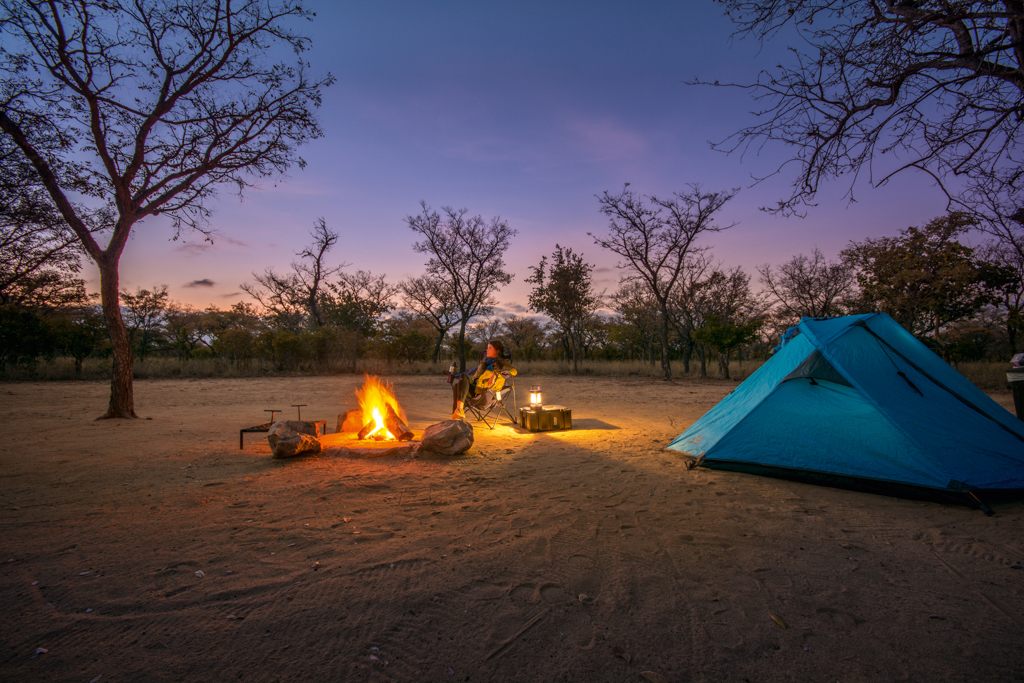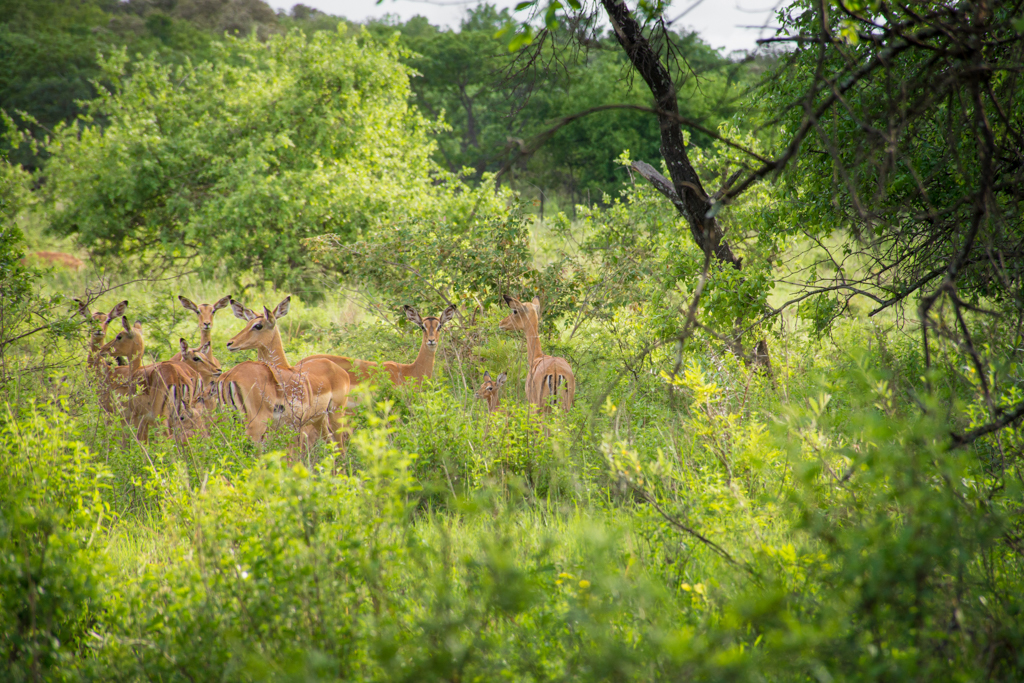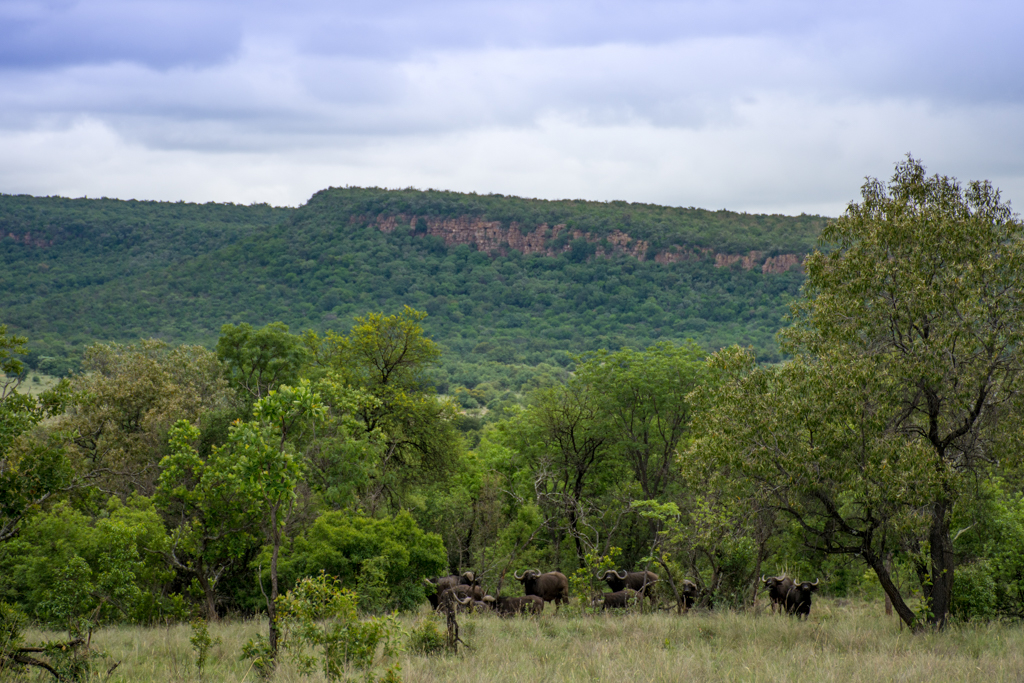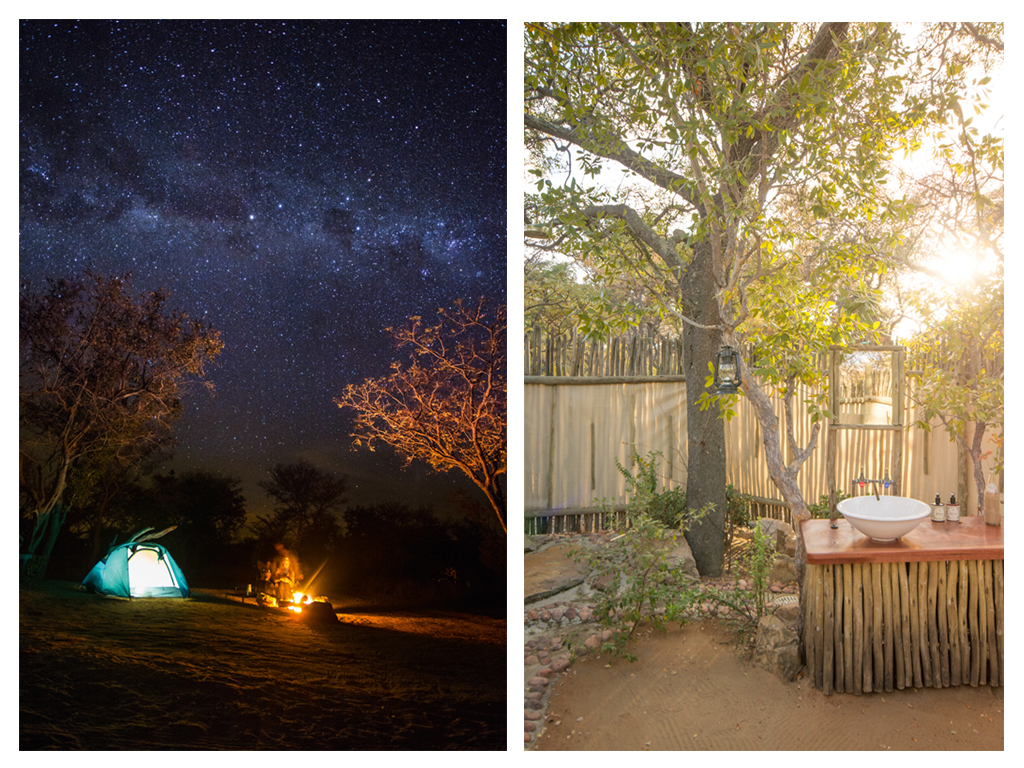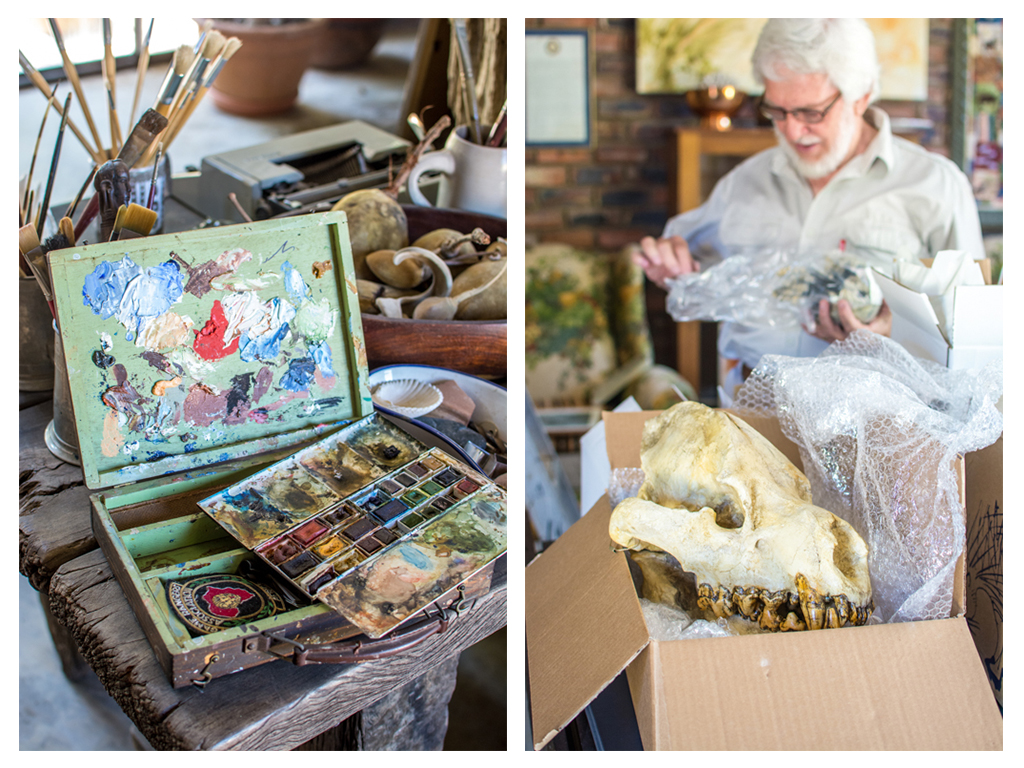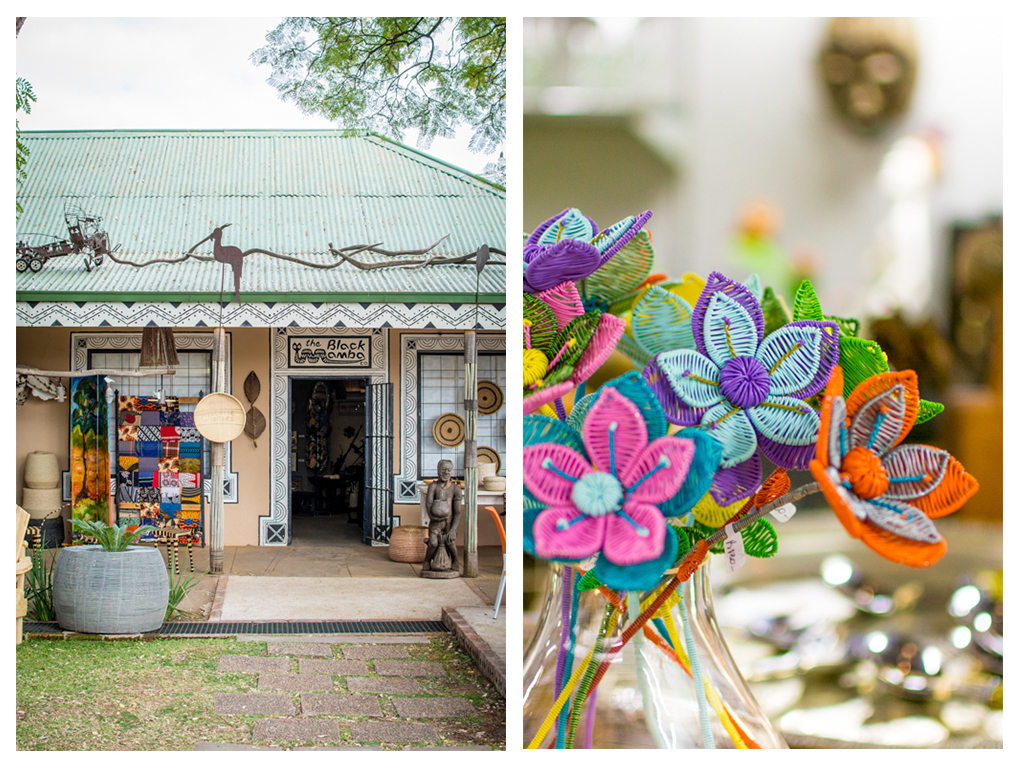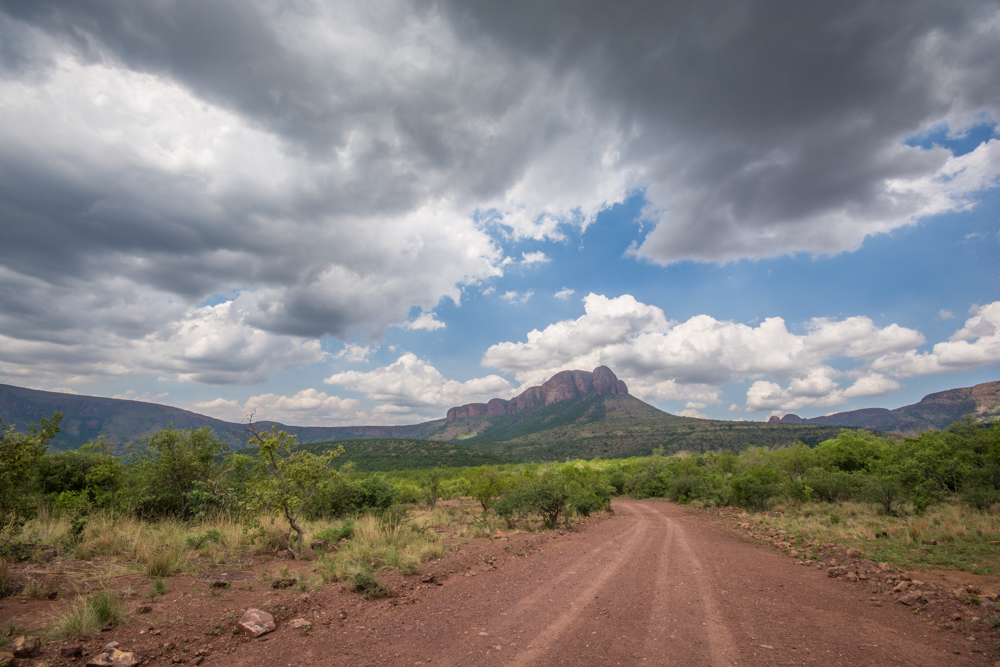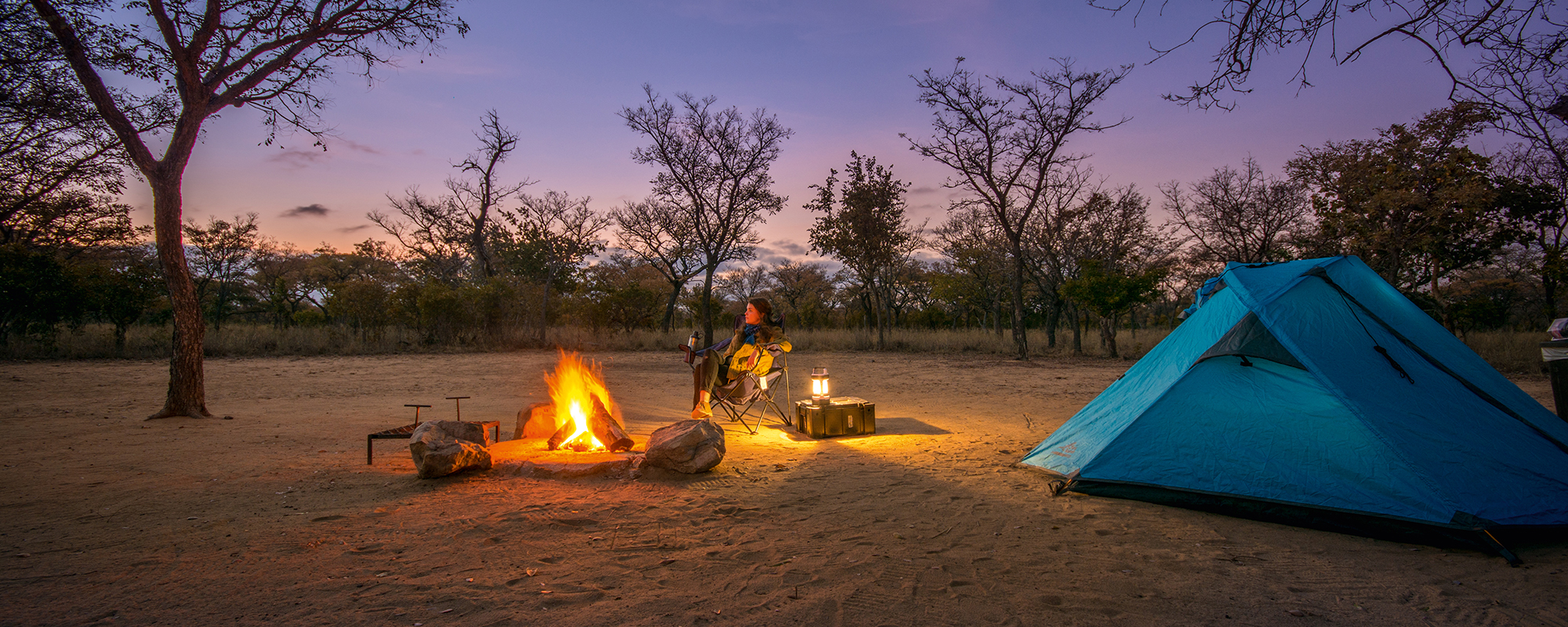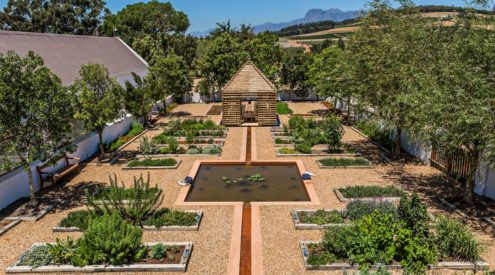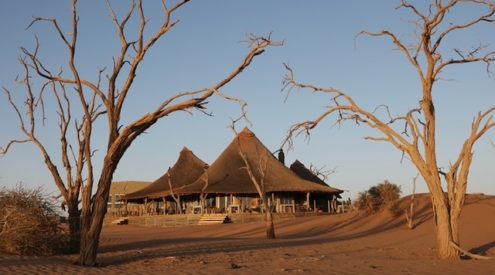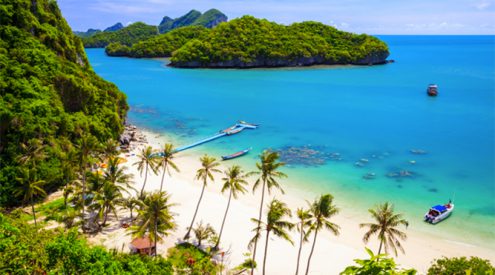Just three hours from Johannesburg is a place that will make any wildlife enthusiast rejoice. Melanie van Zyl returns to her childhood stomping ground.
The insider: Getaway’s Melanie van Zyl (sitting beside the tent above) has been visiting the Waterberg since she was eight. Both her grandfathers were born in the area: one on a farm in Naboomspruit (now Mookgopong), and the other under a tree on a cattle farm just outside Nylstroom (now Modimolle). To her, the real Waterberg lies somewhere in between.

A gorgeous and teeny, tiny Pygmy kingfisher perched on a branch in the Waterberg.
I could probably drive to Vaalwater in my sleep. I find myself anticipating every bend in the road and can give you the precise kilometre (240 from Joburg) where the tar road sweeps right and starts to climb. The speed-limit sign indicates I need to slow down to 70km/h, which coincidentally is just the right speed to sneak a glimpse left and catch the band of identically shaped mountains called the Seven Sisters standing guard at the entrance to the Waterberg plateau. The road becomes a hill, scrambling up and over this first set of mountains, cutting through the top so that red walls surround it at the peak, briefly terminating both radio and phone signal. This is when I know I’ve arrived in the bushveld – I can almost smell the biltong.
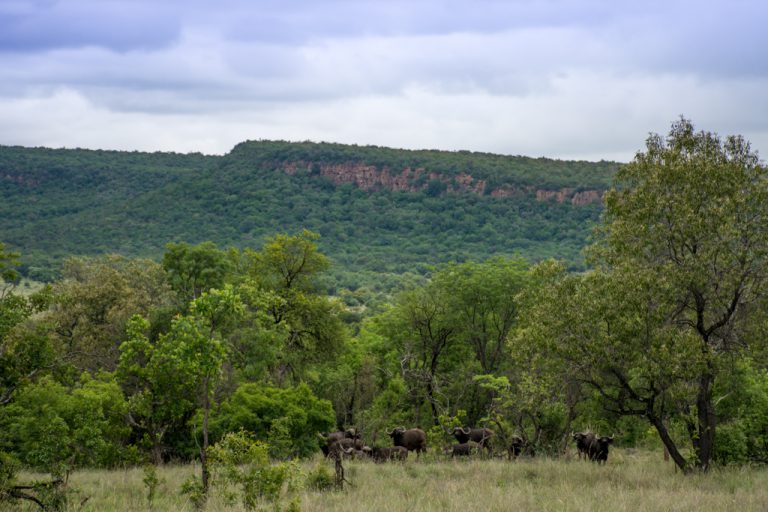
Buffalo at Lindani with the iconic Waterberg mountains behind them.
When I first started visiting Vaalwater, we used to buy meat and droëwors from the Baber’s Butchery, stop for supplies at the small Spar next to the Total garage, buy yellow mealie meal to have for breakfast from the formidable grain silos in the centre of town and visit the Agrimark behind them for lucerne, salt lick and other supplies for our small game farm. While Dad got the boring stuff, my mum, sister and I would peruse The Black Mamba, chewing biltong as we browsed. If I was lucky, I’d leave with a necklace, fold of printed fabric or a ring made from bone.
I still stop at the shop whenever I’m passing through – Vaalwater is also a gateway for travellers driving to Botswana. Despite visiting for so many years, I only met the shop owner recently, and I remember when it used to be in the old garage building, where the Spar once was too. Now it’s in a face-brick outdoor shopping complex which has become the hub of Waterberg safari life.
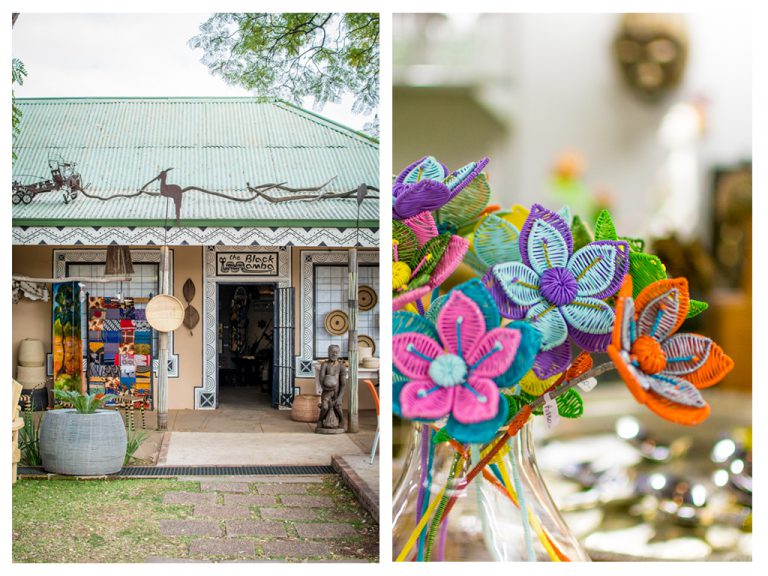
Find colourful and unusual crafts at The Black Mamba.
Hilda Mahlako is the shop assistant and has been there since it opened. She always asks after my mum and sister despite the fact that we sold the farm and haven’t visited regularly since 2010. ‘I knew you from when you were very young,’ she says when I’m about to leave. She makes that beautiful African hand signal, with her fingers on one hand pinched and pointed up (so as not to crush the child’s soul) and holds it beside her to show how tall I was back then. I walk out with a small mat made from Chappies wrappers and two red necklaces, made from lucky beans, for R15 each.
Vaalwater looks a little different today with its small mall, but there is still only one stop street and no traffic lights. I just love that. I can’t go back to the farm any more, but there are still two places in the Waterberg which make my heart beat in the same way: Lindani Lodges and Matamba Bush Campsite. In a bygone age the Waterberg was a land of swamps and giant lakes. I know the true Waterberg by looking at its colourful, lichen-covered rocks, where you can still see waves frozen in time. I can find these rocks, warm hospitality and great value at both these places.

An impala herd mills around at Lindani Lodge.
My grandparents used to take my sister and I to Lindani Lodges during school holidays. We’d cycle, collect dung beetles and porcupine quills, and feed the orphaned black rhino, Bwana, at conservationist Clive Walker’s place in the nearby Lapalala Wilderness Reserve. Lindani is also where I found a pile of nature magazines and begged my grandpa to subscribe me to EnviroKids, the Wildlife & Environment Society of South Africa’s magazine. I’d decided that when I grew up I would be a conservationist, and I fervently studied Clive’s books about spoor and dung, drew my own artworks of kudu and (embarrassingly) wrote wildlife poems. I never dreamt that one day I’d photograph my childhood conservation hero for Getaway and be privy to his newest project, the Waterberg Living Museum.
After catching up with Hilda at The Black Mamba, Clive shows me around the museum site where several buildings and a meandering path linking them will pay homage to the natural and human history of the Waterberg. He also plans to have a research centre and an outdoor coffee shop. I’m in no doubt that the project will be a success and can’t wait to visit again when the museum opens.

Clive Walker is a great watercolour artist and shows me some of the fossils he plans to display at the new Waterberg Living Museum.
Right now it’s Christmas time and my family and I are spending the festive season at Lindani. We’re staying in the three-bedroom Skebenga Lodge, close to the Palala River and the serene lily-filled dam we all love. It’s a nostalgic mix of longing and satisfaction at finding ourselves together again in the Waterberg, telling stories about the time when … back at the farm. We take full advantage of the deliciousness coming out of the Lindani kitchen; there are a variety of freshly prepared meals, such as stews and quiches, you can order and warm up. We’re rustling up our own potjies and braais, but it’s a real treat to have milk tart, apple crumble and delectable just-baked seed bread to accompany our meals.
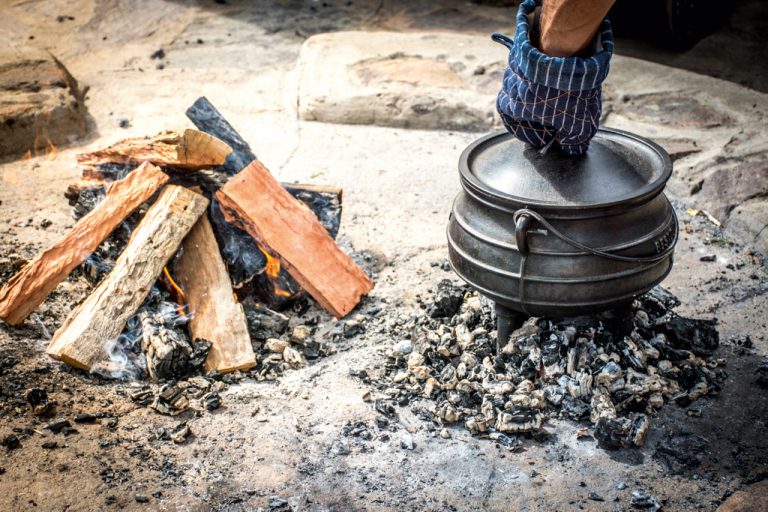
Potjie time!
Matamba is a little different to Lindani, offering a sophisticated camping experience that immerses you in nature. Although it’s often used just as a stopover between Joburg and Botswana, Matamba deserves a full-weekend stay. All the sites are surrounded by indigenous woodland, home to relaxed sable and giraffes, and come with a generous pile of firewood for braaiing beneath the bright star canopy.

Infinite night skies and the dreamy outdoor bathrooms at Matamba Bush Camp.
Driving back to Johannesburg I recall a story by South African travel writer Dana Snyman, who went in search of the heart of the bushveld. He drove from Britz to Thabazimbi to Bela-Bela and then carried on to Lephalale to try and find it. There’s a line in his story that I read when I’m back home beside my bookshelf that strikes a resonating chord with me: ‘The Bushveld isn’t a place … the Bushveld is in your heart.’ I agree, and luckily there are a few pockets of pristine beauty in the Waterberg that I can visit in case I ever forget.
Where do the locals go?
Clive Walker, conservationist
‘Seringa Cafe is excellent. It’s really a super spot where most of the travel industry turn up (see eat here). There’s also La Fleur, a coffee shop with excellent food.’ 014-755-3975
Hilda Mahlako, shop assistant
‘Locals come to the Zeederberg Centre to shop and also the Kamatsogo NGO shop, where the ladies do embroidery and sewing.’
Sam van Coller, lodge owner
‘Our favourite is to attend the Sunday morning service at St John the Baptist Church at 24 Rivers, a Herbert Baker–designed church building.’
3 stops to include on the way
Waterval Padstal is best for buying local peaches (R35 a box in season). It’s roughly 22km from Modimolle on the R33 to Vaalwater. Keep an eye open along the roadside for other seasonal fruit on sale, such as watermelons and even golden marulas.
Geluksfontein Cheese Farm is 11km further on from the Padstal. It’s a fun farm stop for kids as they can feed the animals, and the restaurant has the most affordable toasted sarmies around, or grab an old-school jaffle. Don’t leave without buying some of the goat’s cheese.
Mapita Farm Stall is on the right-hand side about 4km before Vaalwater, and is worth stopping at for lemonade cordial and marmalade made by locals. There are also unusual jams such as pear and watermelon. From R45 a bottle.
Plan your trip
Getting there
From Johannesburg drive north on the N1 highway. At the Kranskop Toll Plaza (about 160km) take the left exit to Modimolle and follow the R33 through the town centre. From there it’s a 60km drive to Vaalwater, which is the last stop for ice, fuel and food.
Do this

Dirt roads and mighty mountains at Marakele National Park.
Mountain bike or hike along one of Lindani’s many accredited trails. Day visitors are welcome (R100 pp) but arrange it two days in advance. 0836315579
Shop for unusual crafts made all over Africa and sold at The Black Mamba. It also has a range of books about the area and good nature guidebooks. 0737010543
See the Big Five at Marakele National Park, half an hour from Vaalwater. The Waterberg range stretches all the way to the park and it’s one of the best places to gaze up at the cliffs, also home to a Cape vulture colony. It’s also one of the only places in the area that day visitors (R48 pp) can self-drive in Big Five territory. 0124289111
Eat here
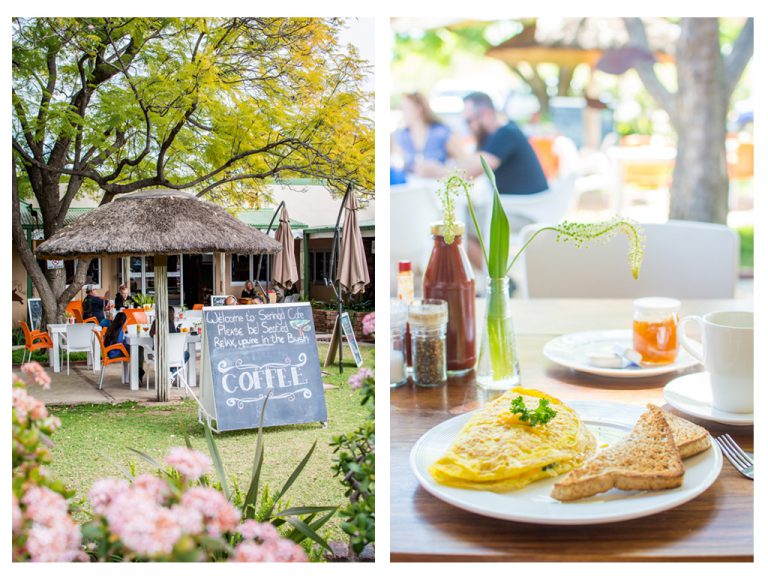
Set in a lovely outdoor courtyard, Seringa Cafe makes a mean omelette
Seringa Cafe is the most popular spot in town for locals and tourists (khaki clothing seems to be the fashion here). Fresh juices are blended on site depending on what’s in season and generous helpings of reasonably priced, tasty food are served. 014-161-0643
Stay here

Matamba Bush Campsite
Matamba Bush Campsite is upmarket camping: Tau Camp is spread over four hectares and has four sites roughly 200m apart, with shared ablutions, a thatched kitchen area and a small pool. From R330 pp. Exclusive-use Mara’s Camp is hidden in the middle of the farm. It has uniquely decorated ablutions built around the trees. From R360 per person.
Lindani Lodges has nine self-catering options, from the eight-bed Molope tented camp, great for a weekend away with friends (from R310 pp) to the 18-sleeper, four-house Motseng Lodge complex (from R370 per person).









